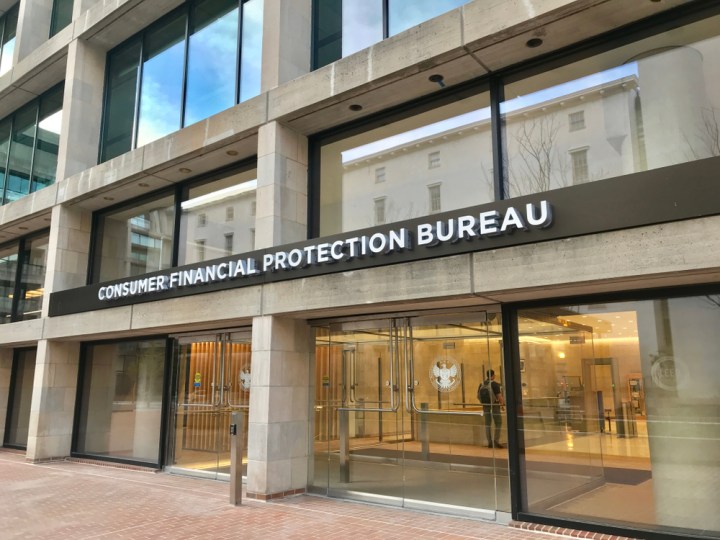
Image from south-carolina-plantations.com
I grew up in Georgetown, SC, and enjoyed visiting the beach with my family on Pawleys Island. Between the City of Georgetown and the beautiful “arrogantly shabby” Pawleys beach lies Hobcaw Barony, a gorgeous stretch of land that was developed as a winter hunting resort by Bernard Baruch.
Bernard Baruch is a name South Carolinians should cherish. Baruch was born in Camden in 1870 and became a Wall Street financier, stock investor, philanthropist, statesman and political consultant. After his success in business, he devoted time advising war-time Presidents Woodrow Wilson and Franklin Roosevelt. He was a personal friend of Winston Churchill.
Between 1905 and 1907, Baruch purchased a total of 69,690 acres of the former 18th century Hobcaw Barony, consolidating 69 plantations located on the peninsula known as Waccamaw Neck between the Winyah Bay and the Atlantic Ocean. Famous visitors included presidents, royalty and world leaders.
For an interesting and entertaining history of the plantation properties developed by wealthy northerners in Georgetown County for hunting purposes, I highly recommend Columbian David Hodges’ book Sunset Lodge in Georgetown: The Story of a Madam. Hodges is a frequent visitor to Georgetown who conducted extensive interviews and research about Hazel Weisse, who moved to Georgetown in 1936, when the International Paper Company plant was being built, and established a brothel to entertain the builders. Despite being illegal, the business remained open for thirty-three years until Weisse retired in 1969. Do yourself a favor, South Carolinians. Read this book.
But I digress.
Hobcaw Barony is a treasure. Baruch’s daughter, Belle, established a foundation to use the property as an educational and research preserve. The property includes 37 historic buildings representing the 18th and 19th century rice growing industry and the 20th century winter hunting resort. Tours of the property are open to the public. My brother, Alec Tuten, is one of the tour guides who will happily talk your ear off given half a chance.
The picturesque property reminds me of George Washington’s home at Mount Vernon but, sadly, little or no funding was established to maintain the buildings, so they are not preserved to the standards of Mount Vernon. The grounds, on the other hand, are beautifully maintained. For example, both Carolina and Clemson have established coastal and marine sciences programs at Hobcaw. Wetlands, forests and coastal ecosystems are studied. The entire property was named to the National Register of Historic Places in 1994. I recommend a visit to this little-known local gem!
An interesting lawsuit is now brewing in Georgetown County involving the property of Hobcaw Barony and adjacent North Inlet. The Baruch Foundation is claiming title to 8,000 acres of marsh at North Inlet, a vast marshland that has always been used by the public for recreational purposes. The lawsuit claims title to the property by virtue of a Kings Grant.

Local gossip indicates the Foundation simply intends to clean up title issues and does not intent to preclude the public from enjoying the property. But the complaint reads like a normal quiet title action of marshland property and the locals are nervous. An easement has been suggested to resolve the conflict, but this suggestion has been rebuffed by the Foundation.
Stay tuned to learn more about what will happen to this slice of God’s country.




